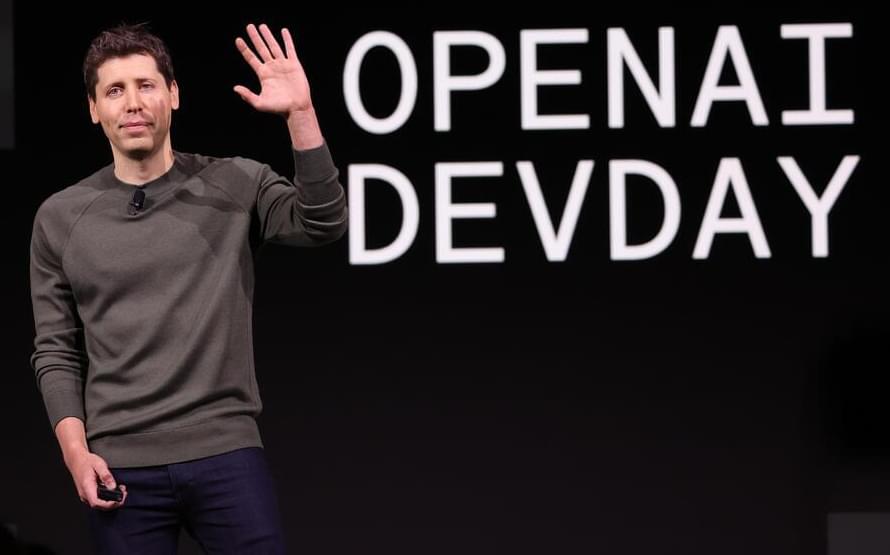LOL they couldnt take the heat for One Day LOL. Pile It On 😂
Altman is “ambivalent” about coming back.
OpenAI’s largest investor, Microsoft, said in a statement shortly after Altman’s firing that the company “remains committed” to its partnership with the AI firm. However, OpenAI’s investors weren’t given advance warning or opportunity to weigh in on the board’s decision to remove Altman. As the face of the company and the most prominent voice in AI, his removal throws the future of OpenAI into uncertainty at a time when rivals are racing to catch up with the unprecedented rise of ChatGPT.
A spokesperson for OpenAI didn’t respond to a request for comment about Altman discussing a return with the board. A Microsoft spokesperson declined to comment.








